The most important role when determining the degree of grinding is not played by the coffee bean, but by our chosen coffee preparation method. Should it be a hand filter, an espresso from the portafilter machine or maybe a cold brew?
- I use a portafilter machine
- I brew with the hand filter
- I use a stamp pot (French Press)
- I traditionally rely on the espresso maker (Bialetti® or similar)
- I use the AeroPress
- I want to make cold brew
- For a uniform extraction, we need ground coffee particles that are as similar in size as possible. A decent grinder - whether manual or electric - is the be-all and end-all here, especially for the finer grinds.
- The finer the grind, the longer it takes for the water to work its way through the ground coffee.
- The longer the contact time between water and ground coffee, the stronger the extraction. In concrete terms, this means that more substances are released from the ground coffee.
Grinding degree for the portafilter machine

Grinding degree for the portafilter machine with a meter measure as a reference point. The ground coffee is characterized by very finely ground particles that quickly tend to form lumps.
For espresso from the portafilter machine, we need a comparatively fine grind. This also means that we need a good coffee grinder to achieve a homogeneous grinding result. Many grinders are a bit weak, especially in the fine grinding range, and produce particles of different sizes.
In our experience, hand grinders from Comandante or Timemore are suitable. However, the effort is significantly higher than if we, for example, grind for filter coffee. We therefore recommend using an electronic grinder.
Now, what is a comparatively fine grind? A good reference point is table salt. Our ground coffee for the portafilter machine should be even finer (see picture above). With an espresso, even the smallest changes to the grinding level make a big difference. At this stage you can experiment a little until you like your coffee.
In our brew guide for portafilters we tell you even more tricks and tips for the perfect espresso shot.
Grinding level for filter coffee

Grinding level for making coffee with the hand filter. The particle size is approximately the same as that of coarse sea salt.
When we prepare coffee with the hand filter, we have full control over many preparation parameters. The grind of our coffee is one of them. As a rule, we grind the coffee for filter coffee a little finer than coarse sea salt (e.g. Comandante with 32 clicks, Timemore Chestnut Slim with 27 clicks).
If our coffee tastes too bitter, it is often because we have chosen the grinding level for the beans too fine and therefore the contact time between water and coffee grounds is too long. A so-called over-extraction then takes place, in which we remove more particles from the ground material than desired. So we grind our coffee beans a little coarser.
If our coffee tastes too sour or watery , the water is probably flowing through the coffee grounds too quickly. This results in a so-called under-extraction , in which we remove too few particles from the ground material. So we grind our coffee beans a little finer.
So we slowly approach the perfectly balanced filter coffee.
It is important to know that the ideal grind level can vary slightly from type of coffee to type of coffee. It's always worth experimenting a little to get the best taste from the coffee bean.
The amount of coffee brewed also plays a role. If you often brew different amounts of coffee, use a slightly coarser grind for larger amounts or a slightly finer grind for smaller amounts.
Since we can control many parameters ourselves when it comes to hand filter coffee, there are also many sources of error. You can read how to do everything right in our brew guide for filter coffee.
Grinding level for French press

Coffee grinding level for preparation with the French press (stamp pot).
In order to achieve a balanced taste with the stamp pot, it is important to grind the coffee beans very coarsely. As a guide: The particles should be approximately the size of coarse sea salt. Since the contact time between coffee grounds and water is particularly long during the preparation method, we reduce the “attack surface” of the ground material. In this way we prevent over-extraction, which makes the coffee taste bitter.
The same applies here: If our coffee is too bitter, we grind it coarser or shorten the contact time between water and ground coffee. If the coffee is too acidic, we grind it finer or extend the contact time.
You can find comprehensive instructions on how to prepare your coffee with the French press so that it tastes great in our French Press Brew Guide.
Grinding level for espresso makers

Grinding level for making coffee with the stove pot (Bialetti® or similar). The grinding level should definitely be chosen to be coarser than for the portafilter machine.
Important things first: The coffee we get from the stovetop pot is not espresso. That's why it's important to find a grind that is coarser than the typical portafilter. It is also important that we do not press the ground coffee into the sieve of the stove pot, but rather just smooth it out .
The finer the grind and the higher the contact pressure, the more difficult it is for the water to rise through the coffee grinds. This quickly leads to a biting bitterness due to over-extraction, in which we remove too many substances from the ground material.
It's worth experimenting a bit here. As a guideline, we recommend 19-20 clicks for the Comandante and 15 clicks for the Timemore Chestnut Slim.
In our brew guide for the espresso maker we tell you even more tricks and tricks for a balanced coffee.
Grinding level for AeroPress

Coffee grind level for preparation with the AeroPress coffee maker. The grinding level is slightly finer than for classic filter preparation.
When traveling, the AeroPress is the non-plus-ultra for us coffee fans with little luggage. We always have them with us. Many people also rely on the sophisticated coffee maker from the USA at home. The grind is finer than a classic filter coffee, although the contact time is longer.
In our brew guide for the AeroPress you can read how you make excellent coffee with it.
Grind level for cold brew
Since there is typically a very long contact time between coffee grounds and water when preparing cold brew , we have to grind very coarsely. We choose a grind that is slightly coarser than the one listed above for the French press. Otherwise, over-extraction will quickly occur, which will make your coffee taste bitter and dull.
In our instructions for cold brew you can read how to make this refreshing summer drink.
Why we have to grind coffee
By grinding coffee, we increase the “attack surface” for the water, which we use to extract the caffeine and other substances from the ground bean. The finer the ground material, the faster more substances from the bean or coffee grounds can be dissolved in the water. If we didn't grind the beans, we could still extract substances, but only from the surface of the coffee bean. If we crush them, this surface area increases because substances are also released from what was previously the inside of the bean.
The degree of grinding plays a crucial role and is chosen depending on the type of preparation. The longer the contact time between water and ground coffee, the coarser we usually grind. A sequence from fine to coarse might look like this: Portafilter > Stovetop Jug > AeroPress > Hand Filter > French Press > Cold Brew.
Ground coffee vs whole bean: Why we always grind coffee fresh
Most roasters sell their coffee beans in air and light protected packaging with a valve. There are good reasons for this: If you expose coffee as a bean or ground material to air and light, it quickly loses its aroma. The smaller the particles, the larger the attack surface and the faster the coffee loses its taste.
The aromas evaporate and give us a maximum of a good smell. In addition to volatilization, chemical processes also occur that give the coffee a stale aftertaste. Furthermore, substances such as oils and fats in coffee oxidize and cause a rancid taste.
We therefore strongly recommend that you always buy coffee as whole beans and grind them fresh before each preparation.
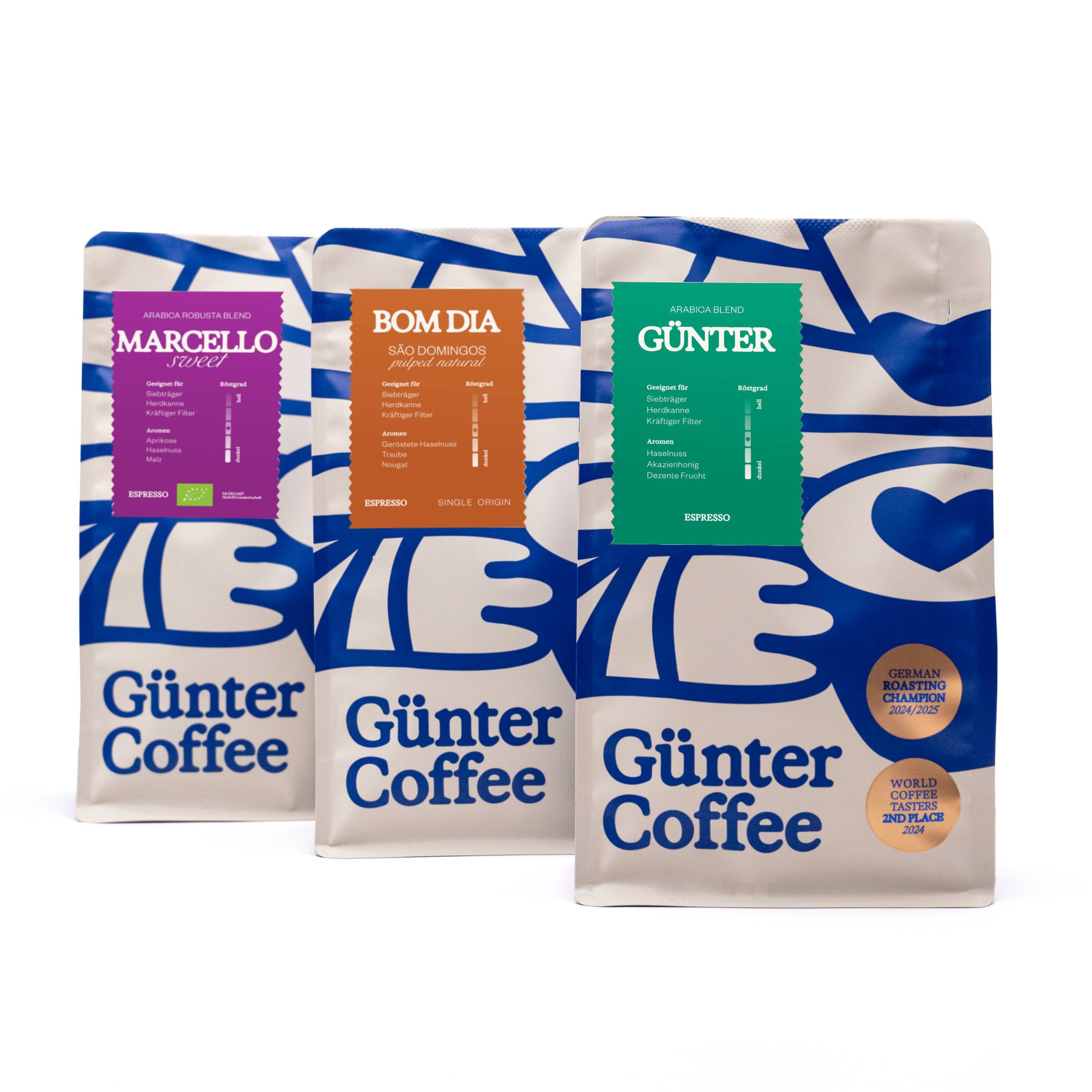

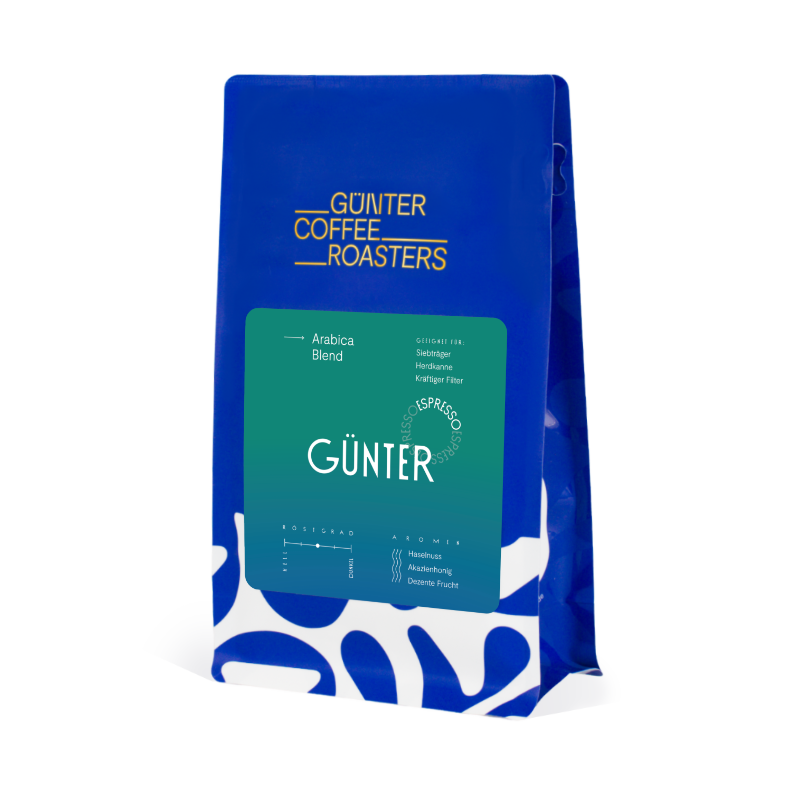
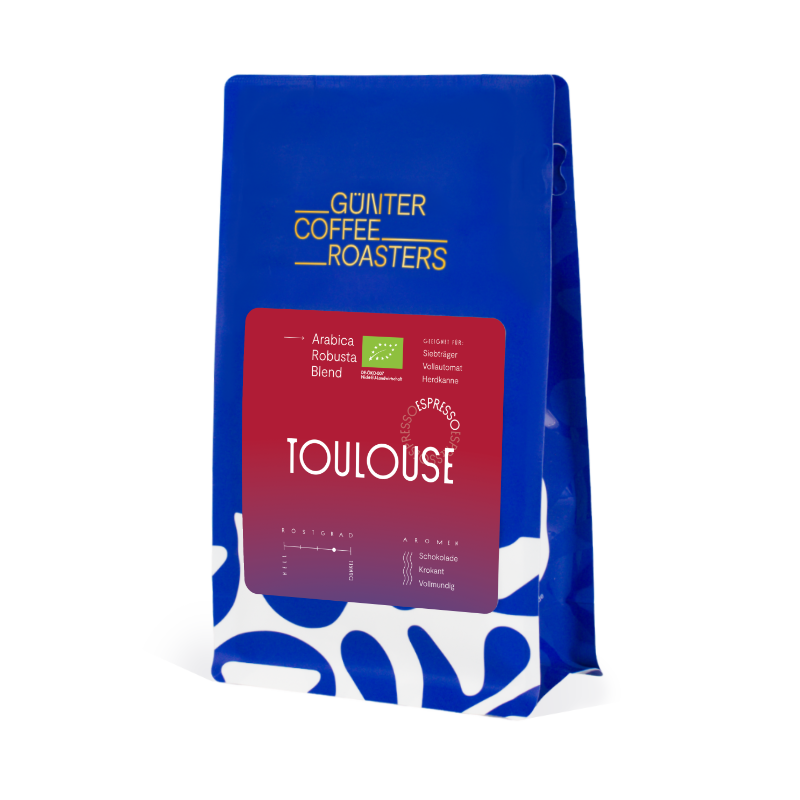


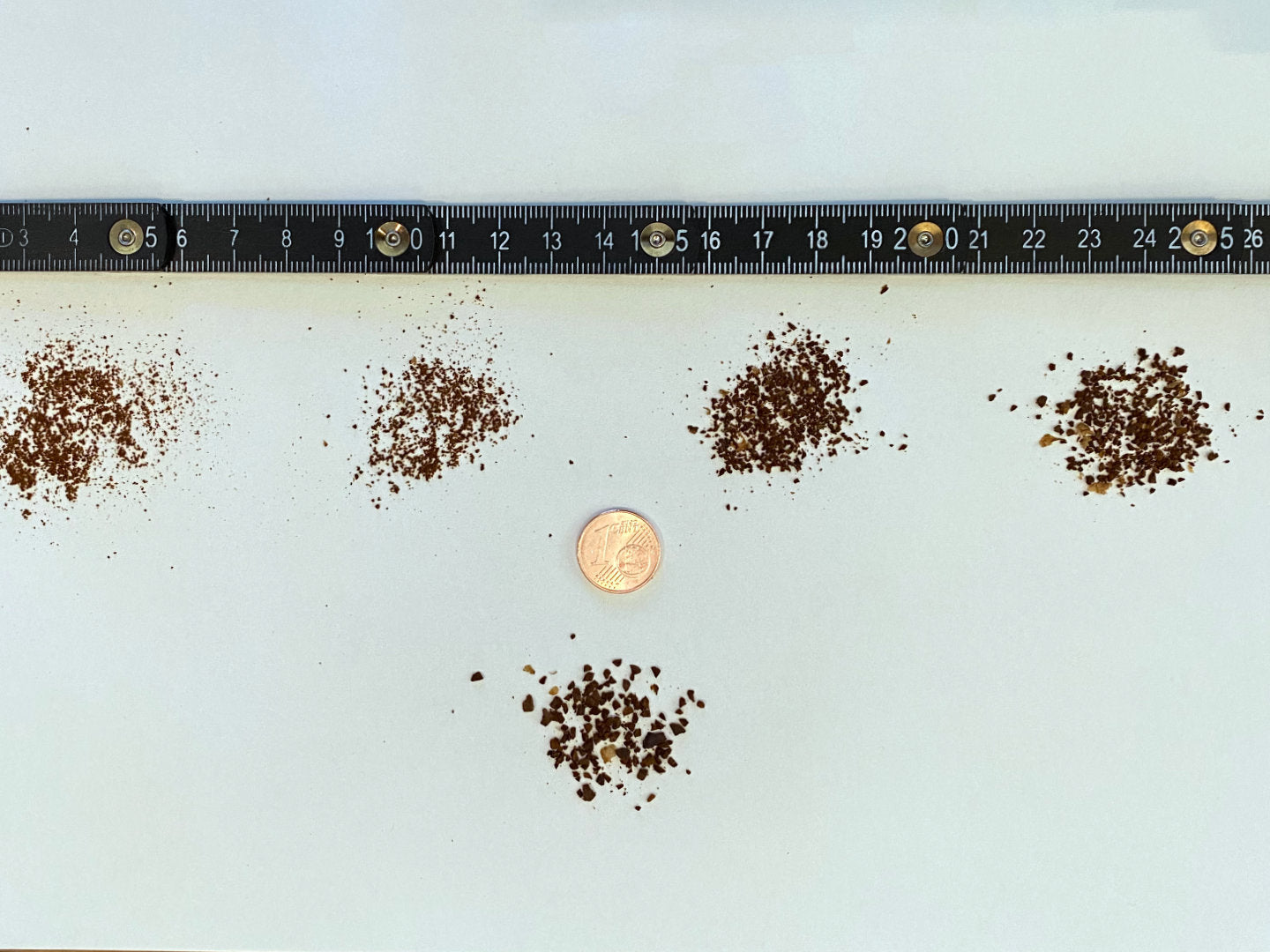

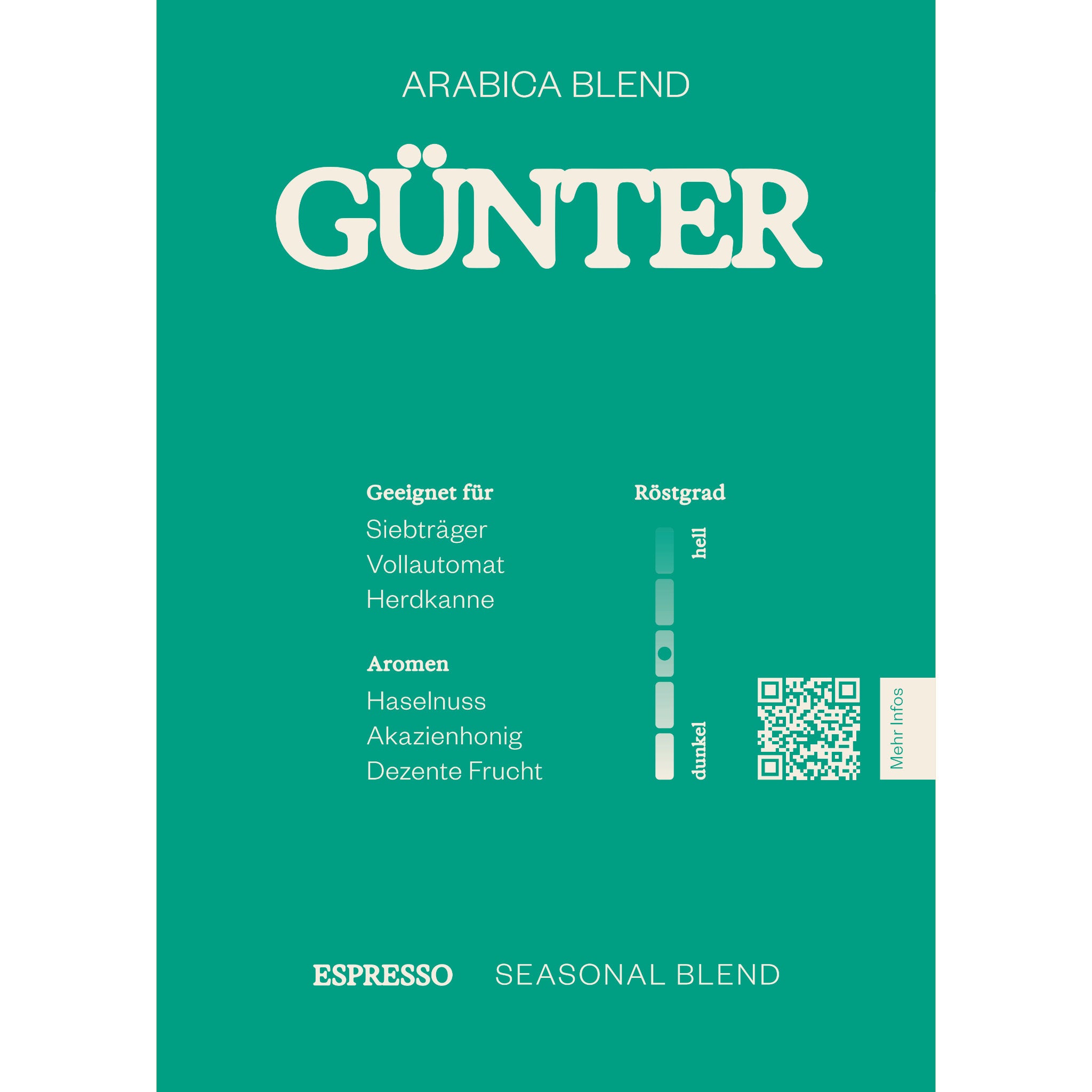
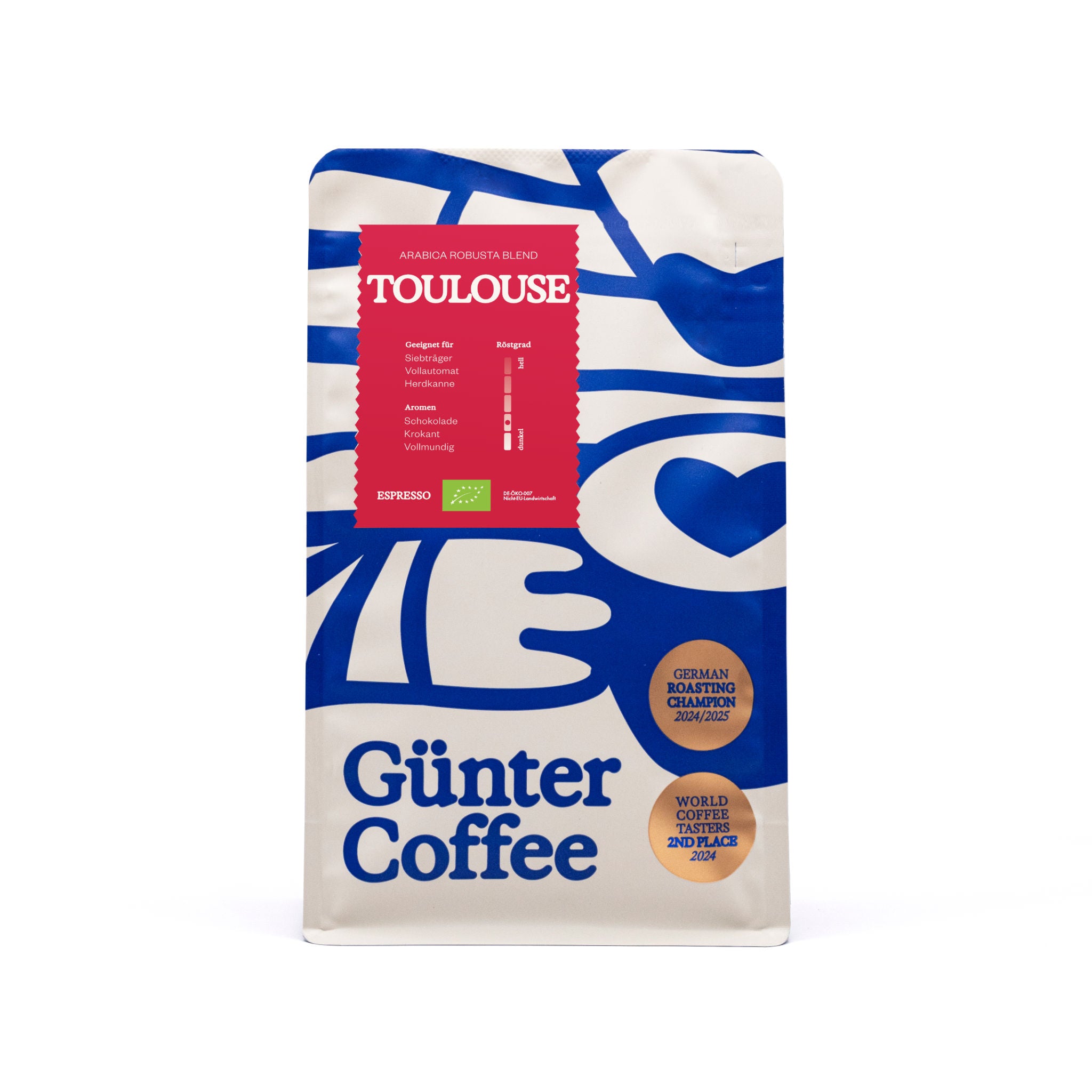
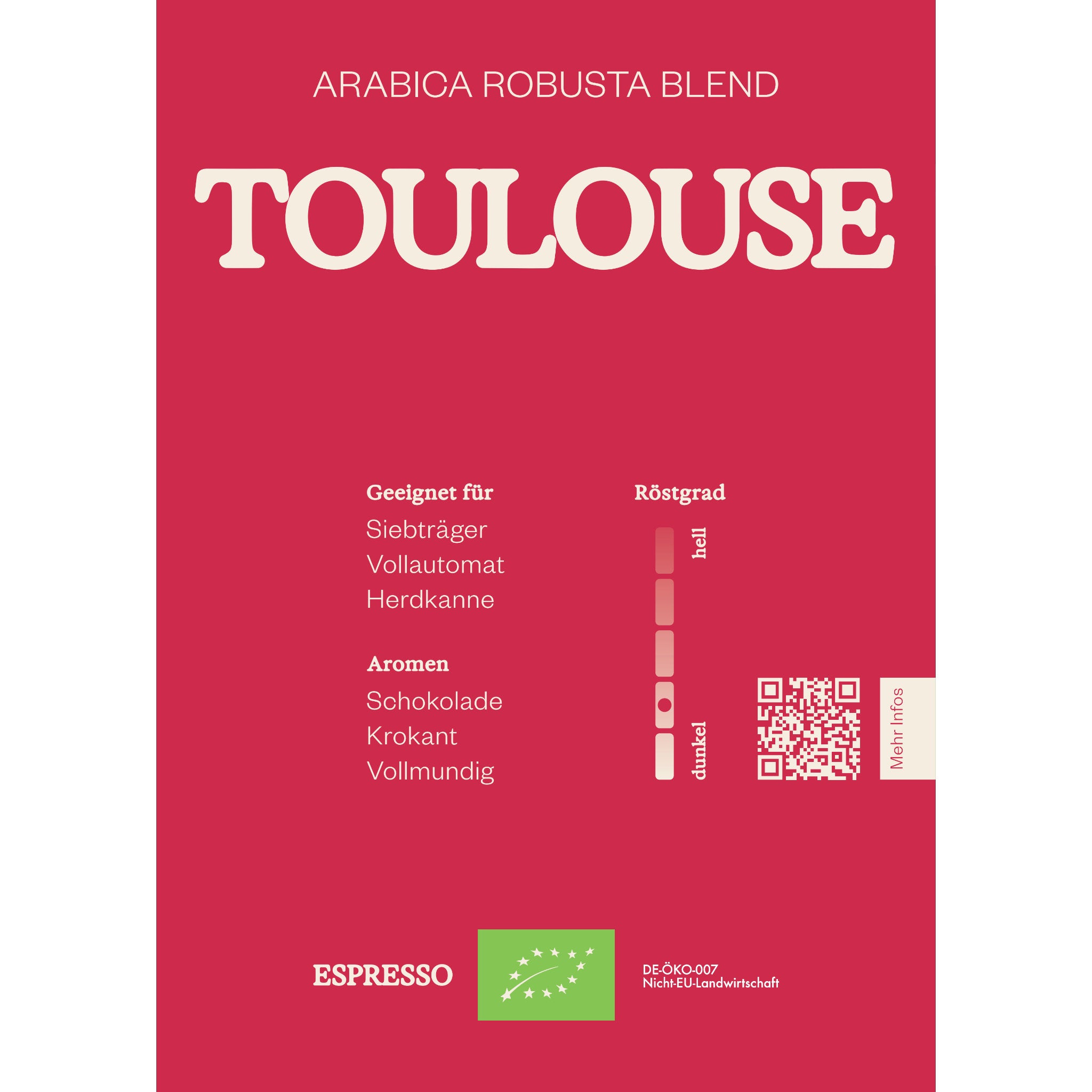
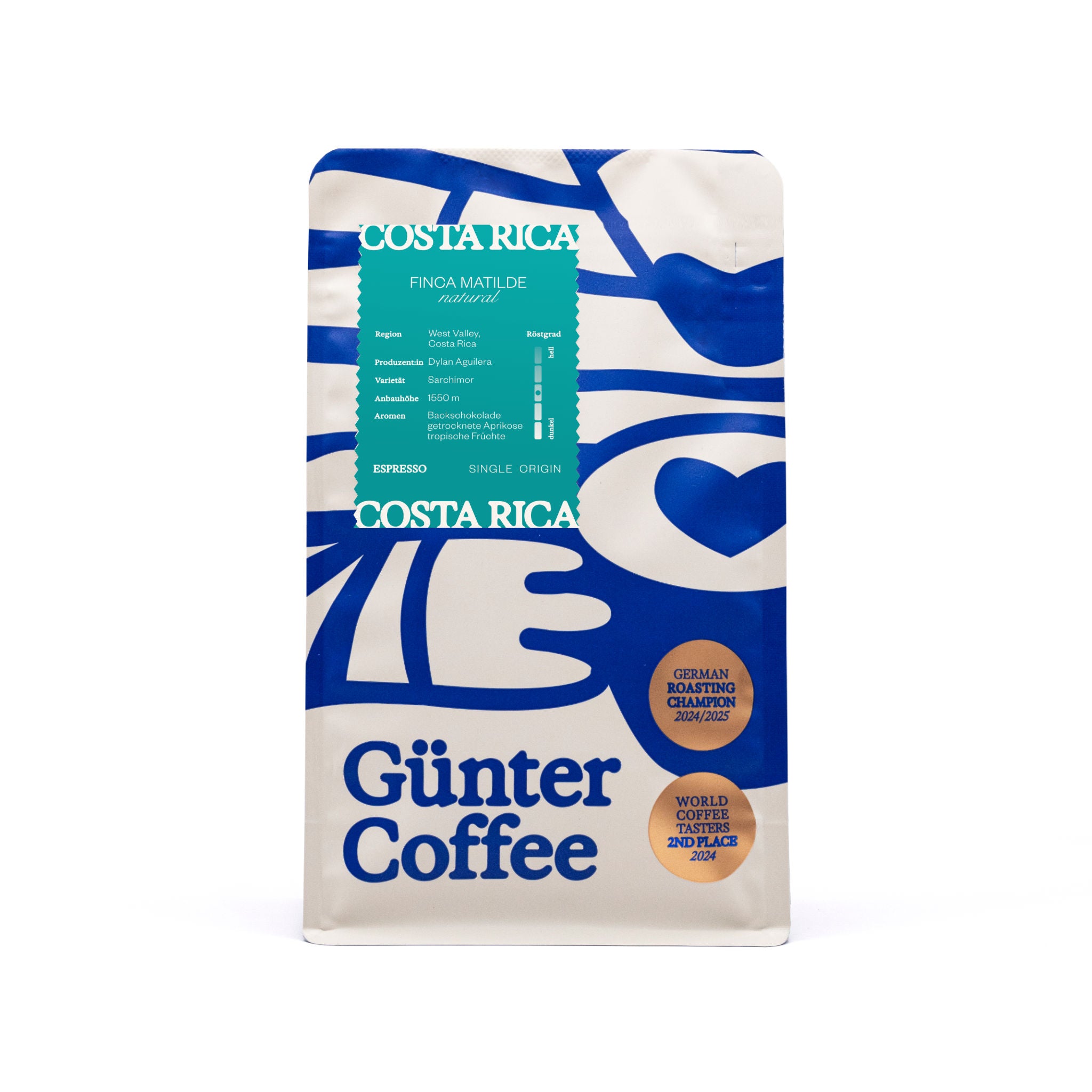
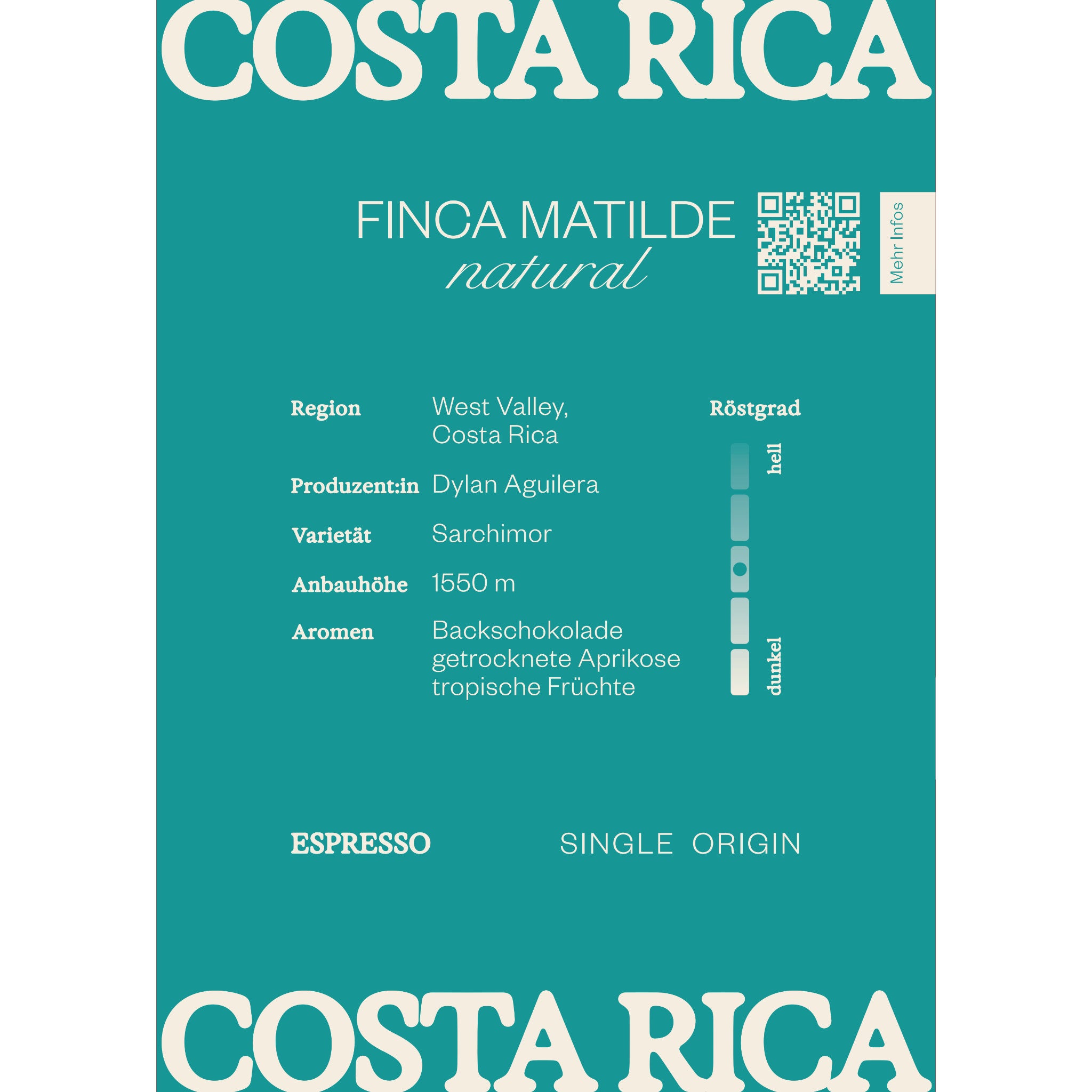
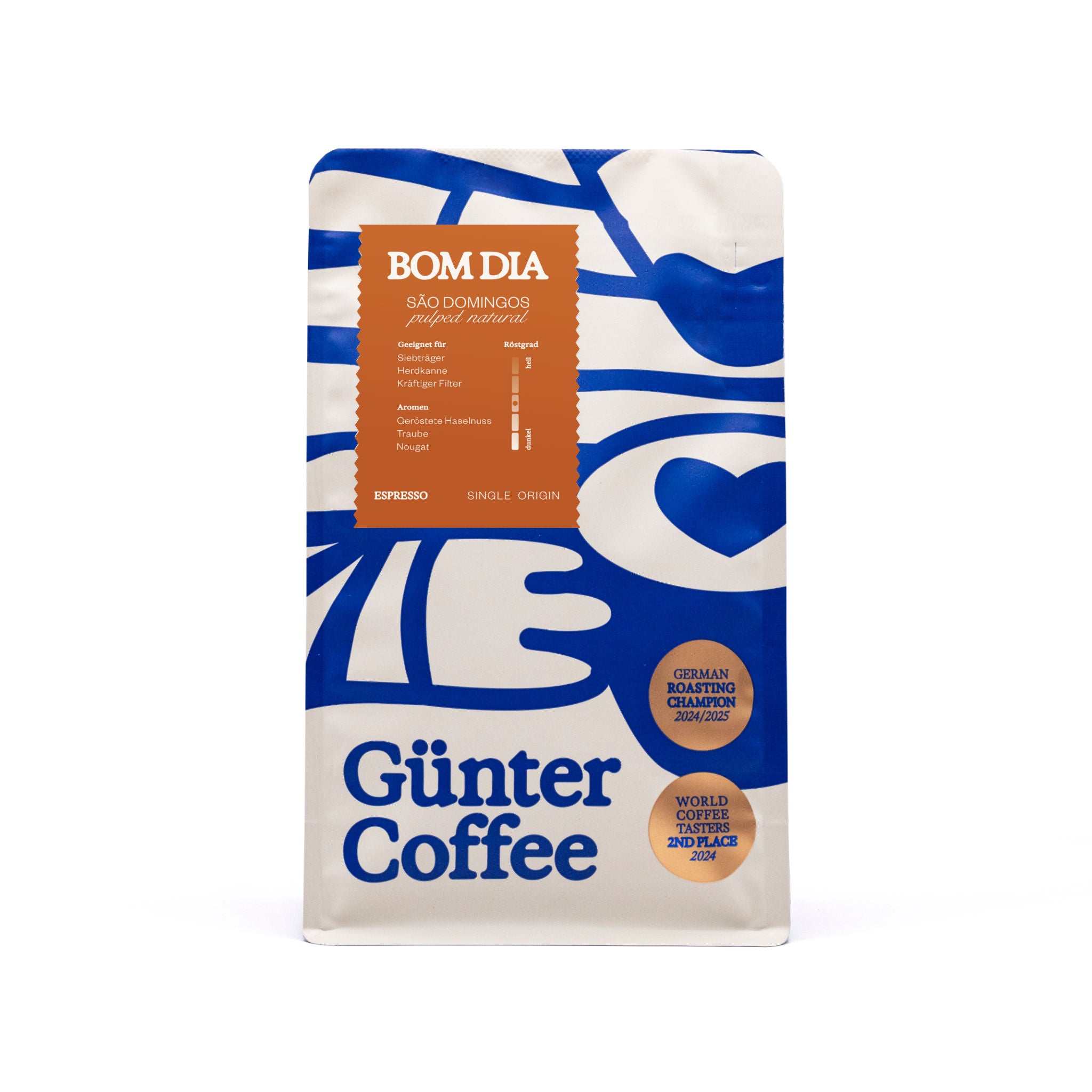
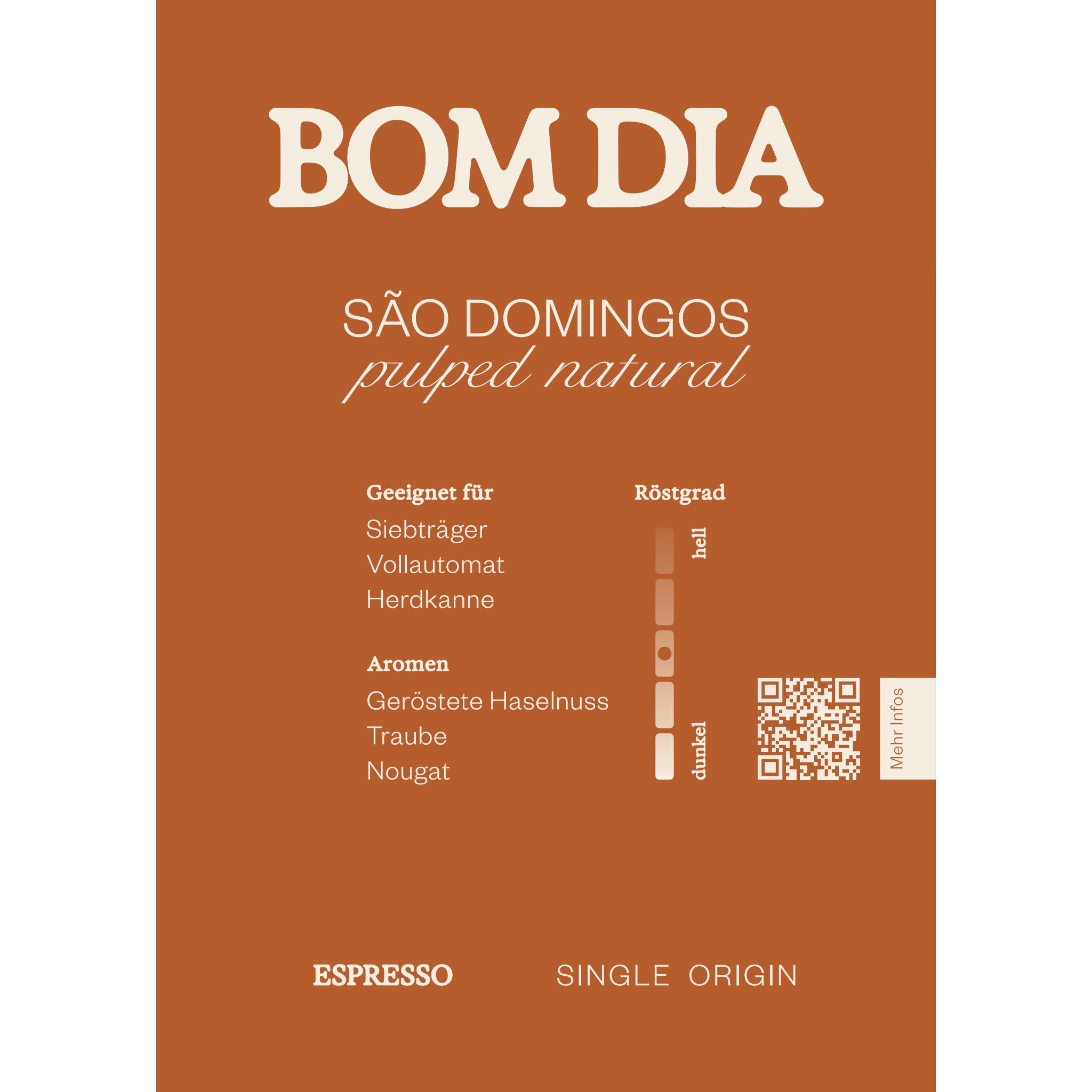

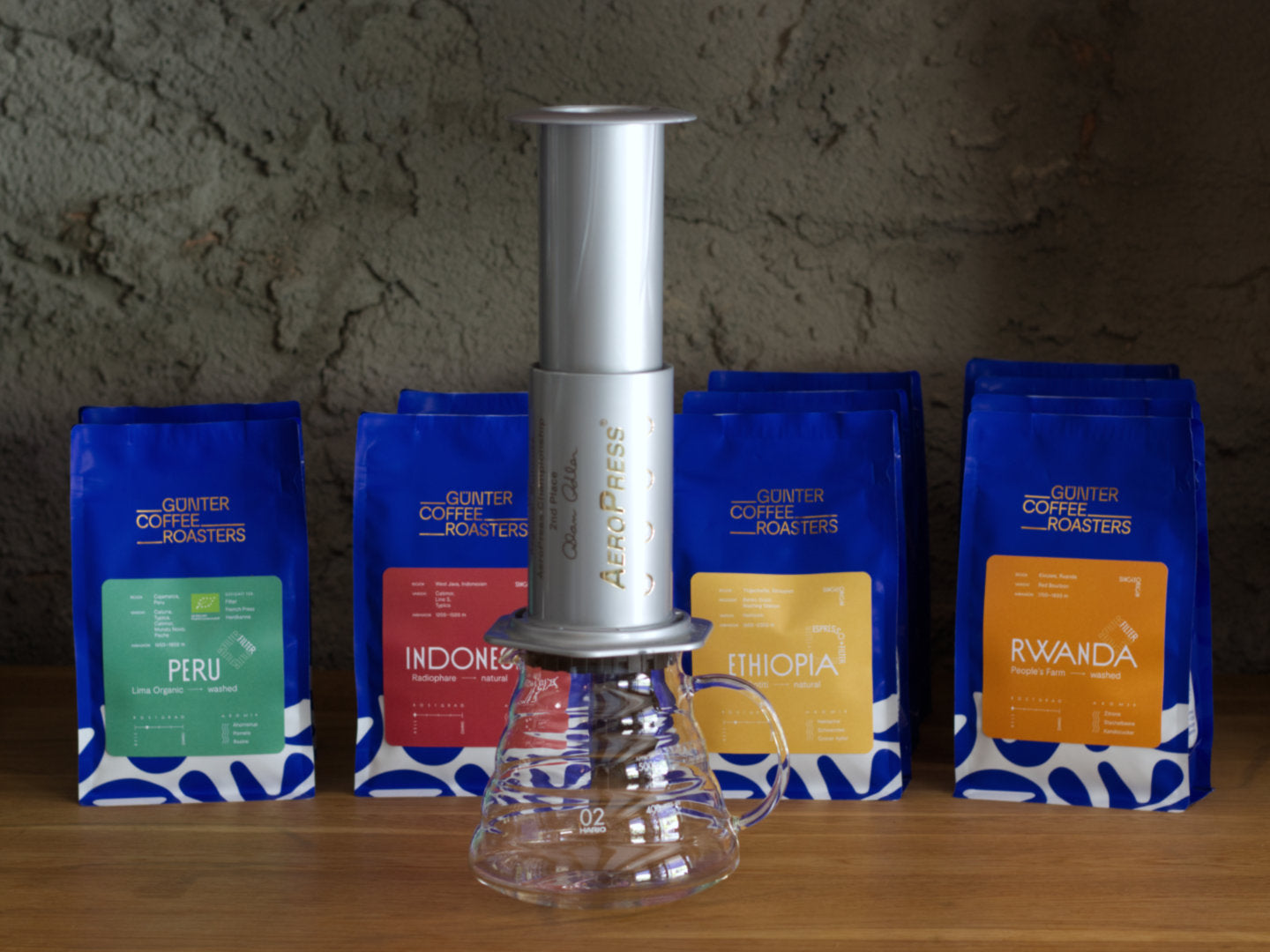
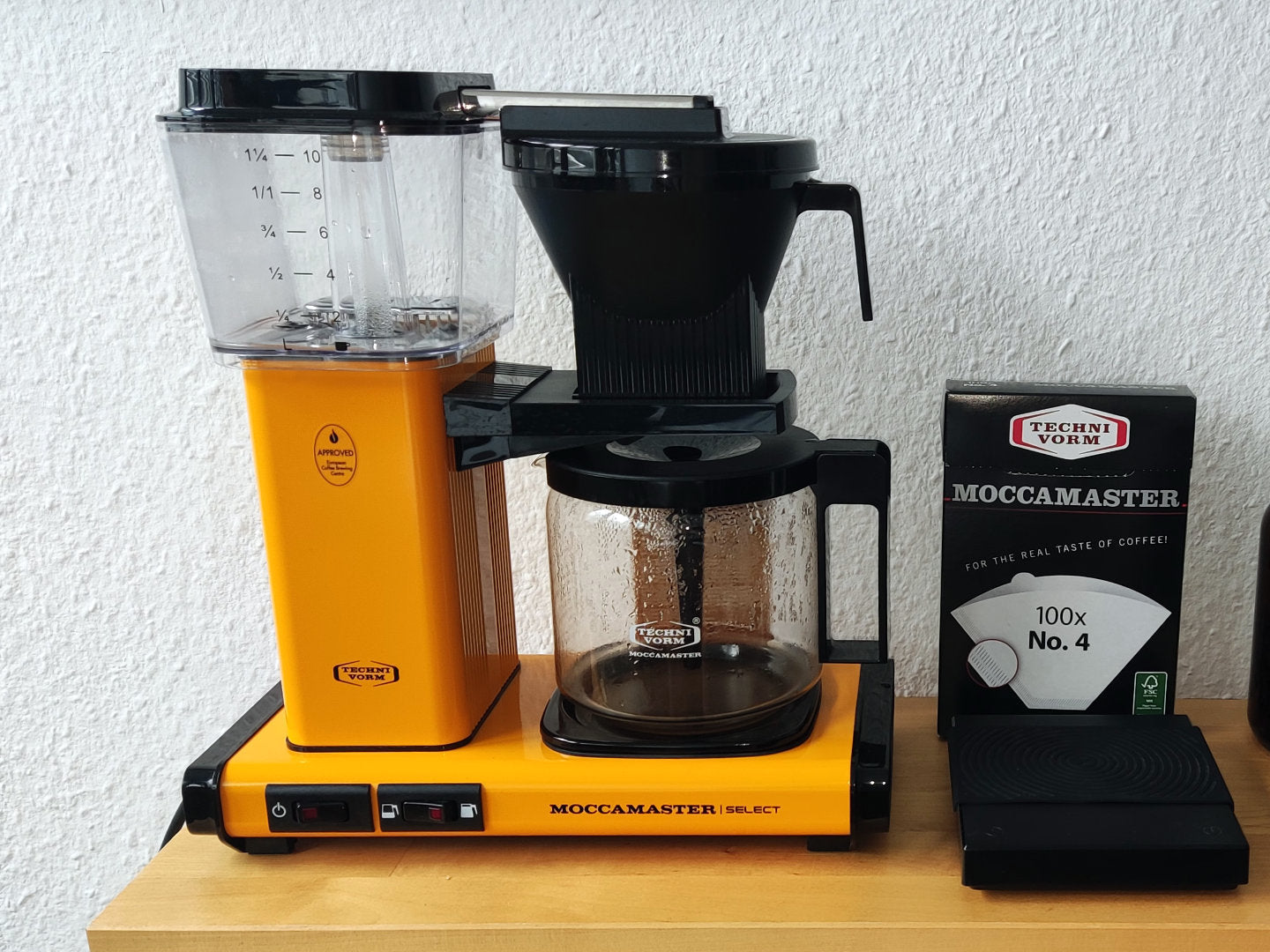




2 comments
Nico | Günter Coffee
@Jonars:
Danke für deinen Kommentar und herzlichen Glückwunsch zur Maschine! Da es sich bei der Dedica um eine Espressomaschine handelt, wirst du den Espressogeschmack wahrscheinlich nie so ganz los, außer, du ertränkst ihn mit Wasser oder Milch. Du könntest hier mit helleren Bohnen experimentieren, die nicht so sehr nach klassischem Espresso schmecken. Einen typischen Kaffee wie aus der Filtermaschine wirst du mit der Dedica vermutlich nicht erreichen, aber einen guten Americano. (siehe https://guentercoffee.com/blogs/kaffee-richtig-zubereiten/anleitung-americano)
@Jonars:
Danke für deinen Kommentar und herzlichen Glückwunsch zur Maschine! Da es sich bei der Dedica um eine Espressomaschine handelt, wirst du den Espressogeschmack wahrscheinlich nie so ganz los, außer, du ertränkst ihn mit Wasser oder Milch. Du könntest hier mit helleren Bohnen experimentieren, die nicht so sehr nach klassischem Espresso schmecken. Einen typischen Kaffee wie aus der Filtermaschine wirst du mit der Dedica vermutlich nicht erreichen, aber einen guten Americano. (siehe https://guentercoffee.com/blogs/kaffee-richtig-zubereiten/anleitung-americano)
Jonars
Hallo ich hab mir jetzt die dedica 685 geholt und bin noch unschlüssig wie ich es handhaben soll der Unterschied Kaffe zu Espresso. Brauche ich hier den gleichen Mahlgrad. Ich dachte immer Espresso werde feiner gemahlen.
Aktuell habe ich in meinem Lungo eine ziemliche Espresso Note
Hallo ich hab mir jetzt die dedica 685 geholt und bin noch unschlüssig wie ich es handhaben soll der Unterschied Kaffe zu Espresso. Brauche ich hier den gleichen Mahlgrad. Ich dachte immer Espresso werde feiner gemahlen.
Aktuell habe ich in meinem Lungo eine ziemliche Espresso Note